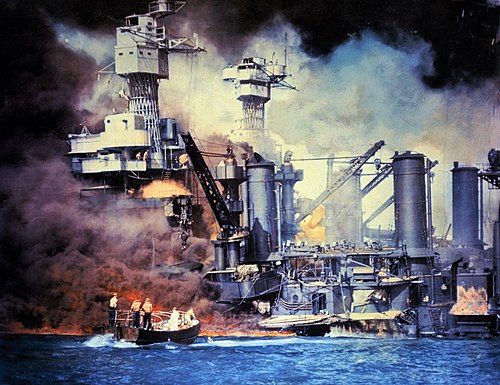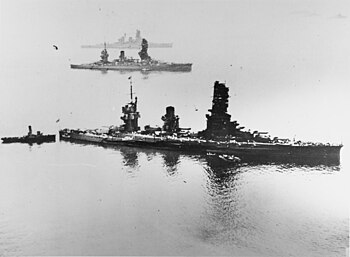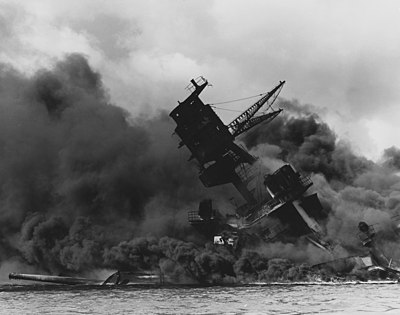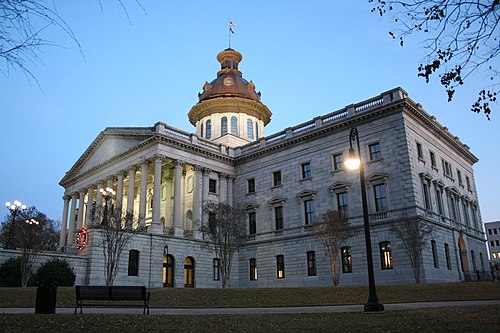 |
| Captain Robert Falcon Scott |
 |
| Roald Amundsen |
Similarities
1. Trust in GodAlthough it appears that neither Scott or Amundsen were Christians, both frequently mentioned in their writings the workings of Providence. Scott's men wrote saying they were willing to die if it was their time. Edward Wilson wrote, “[I]f the end comes to me here or hereabout … All will be as it is meant to be.” Henry Bowers wrote this to his mother just before dying next to Scott, “my trust is still in Him and in the abounding Grace of my Lord and Savior whom you brought me to trust in...” There is a saying that there are no atheists in foxholes, and there were no atheists in Antarctica either. When men are constantly faced with danger and death, they recognize their dependence on God, even if they do not follow Him fully.
2. Courage
Both men were very courageous, although in different ways. It took courage to even venture into Antarctica, far from hope of relief in case anything went wrong. When faced with hard decisions along his journey, Amundsen boldly took the hard course, not faltering or wasting time attempting to find an easier course. Scott, on his fateful journey, set an example of courage that the English would look up to for years. In one of his last letters he wrote, “We are showing that Englishmen can still die with a bold spirit, fighting it out to the end... I think this makes an example for Englishmen of the future.”
 |
| The Terra Nova |
Differences
1. MotivesAmundsen explored because he loved exploration, but Scott explored because he wanted promotion. As a young man Amundsen heard of the stories of the explorers like Sir John Franklin and Fridtjof Nansen, and wished to follow their footsteps and become an explorer. Scott, a mediocre navy officer, heard of the planning of the Discovery expedition and saw it as a way to gain promotion and riches.
 |
| Nansen, Amundsen's hero and supporter |
The different motives of these two men resulted in vastly different methods of preparation. Amundsen gradually worked up to leading an expedition over a decade, first taking long ski trips in his native country of Norway, working on whaling ships which navigate the icy northern seas, and finally participating in someone else's expedition. Scott, on the other hand, was appointed directly to command a large expedition, and only spent a few weeks hearing about what Amundsen had learned first hand for years. On his Discovery expedition Scott admitted this, saying, "Our ignorance was deplorable."
Additionally, Amundsen spent many hours reading the works of previous explorers and analyzing everything to see what he could learn. Scott did not learn from his own experiences, much less those of others. He kept repeating the same mistakes over and over again. On previous journeys he had suffered from not bringing enough provisions, but he made the same mistake in this trip. In his ill fated expedition to reach the pole, he basically followed in the path of Shackleton, but he did not even bring a copy of Shackleton's book. He had to borrow one from another member of the expedition. Amundsen, on the other hand brought along a large polar library to study.
Scott's expedition to the South Pole had scientific aims as well, while Amundsen really did not, but this in no way excuses a lack of preparation.
 |
| One of Amundsen's dog sled teams |
One of the biggest differences in Scott and Amundsen's journeys was the method of travel they used. Amundsen used dogsleds, while Scott used man hauling. Scott was biased against dog sleds because on the Discovery expedition they were a failure because no one knew how to use them. In the end, Scott did recognize that dog sleds were much quicker and more efficient, but he objected to them because at times the dogs had to be killed. So instead of killing a few dogs, he ended up killing himself because he could not reach his supply depots. He tried horses, but they were completely unsuited for the polar conditions, which he could have learned from the experiences of others. In England some, such as Scott's champion Sir Clements Markham, thought that it was more glorious to march without the assistance of dogs, saying, “People do not understand the greatness of [Scott's] achievement. The sledge journeys without dogs are quite unequalled. It is a very much easier matter when Peary or Nansen or Sverdrup make dogs drag their things, while they stroll along.”
 |
| Scott manhauling |
 |
| Amundsen carefully laying a depot |
Amundsen made detailed plans far in advance of setting out on the journey, giving himself plenty of extra provisions in case he hit bad weather. Scott made complicated, last minute plans, making many mistakes in small details that cost him much time and labor. For example, an important element of both of their plans was to leave supply depots on the journey to the South Pole which they would pick up on the way back. Amundsen, having read of other men having problems finding the depots they had left, put markers to the left and right of his depots, giving himself a several mile range to hit. He also built markers at intervals along his route so he could always see one, so he would not have trouble following his tracks. Scott, on the other hand, built only depots, making the same mistake that others had before him, wasting time and effort.
Scott's worst mistake in planning was his provisions. He made allowance for only four days of bad weather in a four month journey, an amount which the journals of previous explorers would have told him was far too low. He ended up dying because of lack of supplies because he hit a blizzard. He was only eleven miles from the next supply depot. Nansen, an explorer himself and Amundsen's mentor, said, “Let no one come and prate about luck. Amundsen's triumph is that of the strong and far seeing.”
 |
| One of Scott's depots |
The two men had very different leadership styles. Scott was a naval officer, and a mediocre one at that. He led by enforcing the fact that his word was law, being secretive about his plans, and refusing to listen to suggestions from others. Amundsen, although it was still very clear that he was the leader, was open about his plans, allowed suggestions to be made, intermingled with the men, and shared the worst chores with them. However, both men did have good leadership qualities and both made leadership mistakes.
 |
| Amundsen's party at the Pole |
Amundsen ended up reaching the pole first, and returning successfully, with little suffering besides. But when he returned to Europe he was quickly forgotten in favor of Scott, who had died after losing the race to the pole. Although Amundsen was a better explorer, Scott was a better writer. Amundsen's stories did not have the drama which Scott was able to convey. One historian said, “Amundsen had made the conquest of the Pole into something between an art and a sport. Scott had turned Polar exploration into an affair of heroism for heroism's sake.” Scott's popularity in England was much helped by the fact that he did not come back. He had been defeated by Amundsen, and England preferred a dead lion to a live donkey. Even today, Scott remains much more popular than Amundsen, remaining for many the iconic British hero.
 |
| Scott finding he had been beaten by Amundsen |















































